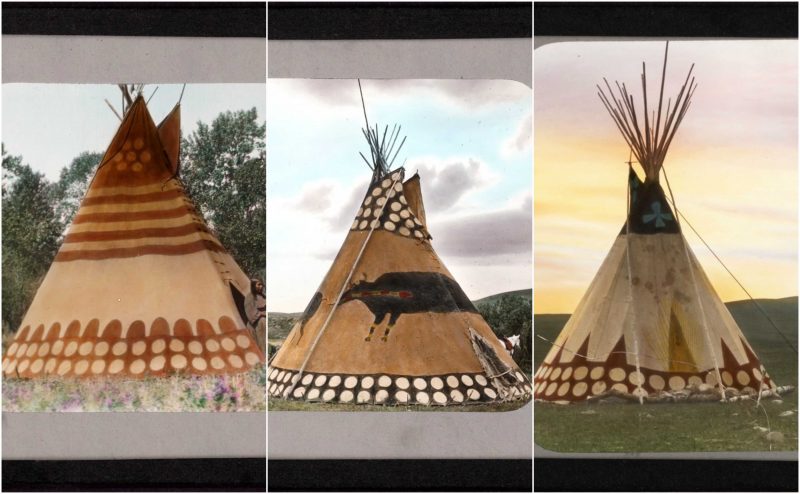We all remember watching westerns on TV and have seen the Native Americans living in their tipis. The truth is, Native American homes from the past took many different shapes and sizes.
Algonquian Indians built wigwam homes, small houses built with wooden frames and sheets of birch bark covering on the walls. Ropes wrapped around the house held on the birch bark.
The Iroquois tribes and some Algonquians built longhouses. These are more permanent structures that could be up to two hundred feet long and housed an entire extended family. They were built similarly to wigwams with wooden sticks for frames and bark covering the walls.
Tribes from the southern plains such as Texas and Oklahoma used grass houses. Instead of a square structure, the wooden poles were carved into a mound shapes with layers of grass covering the walls.
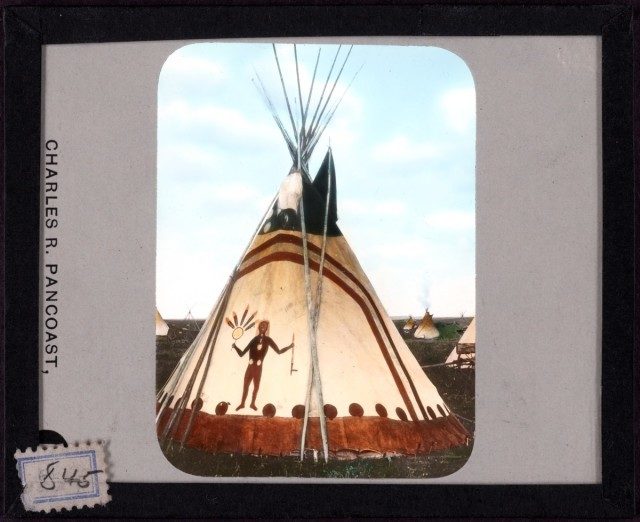
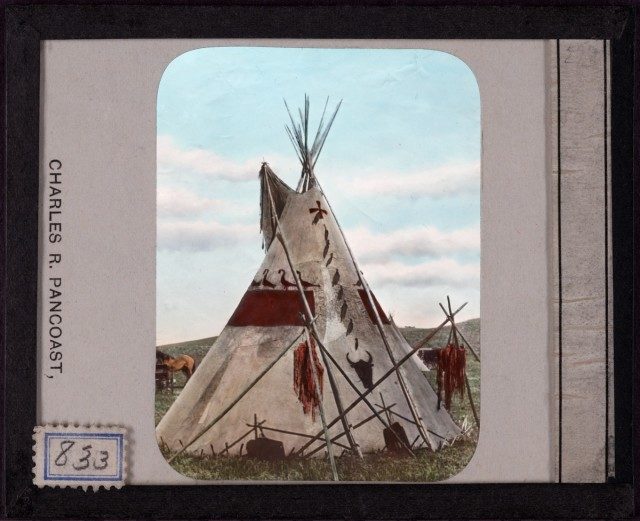
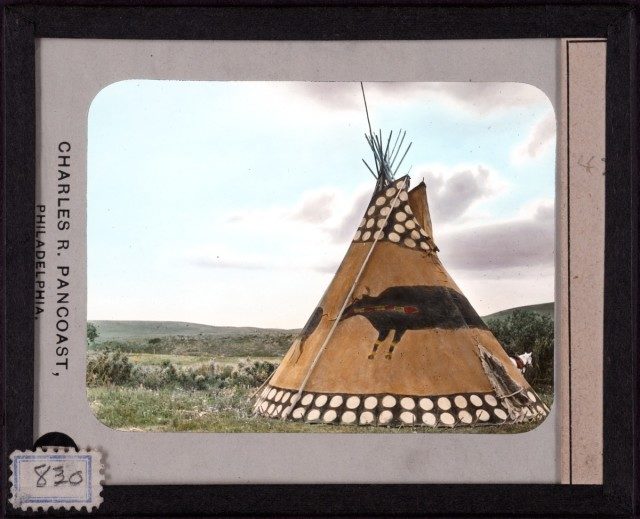
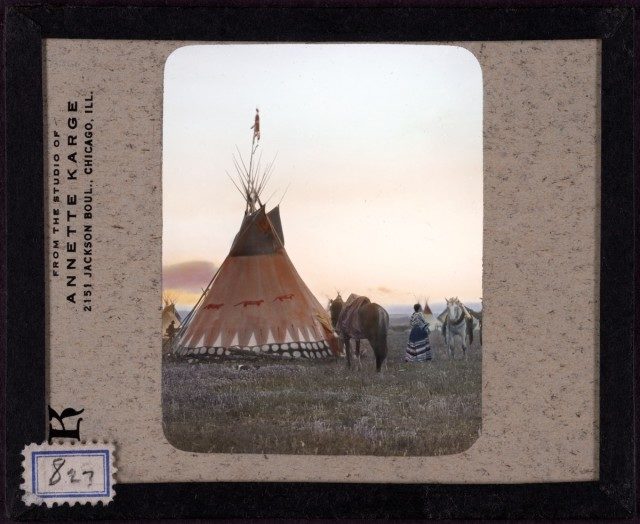
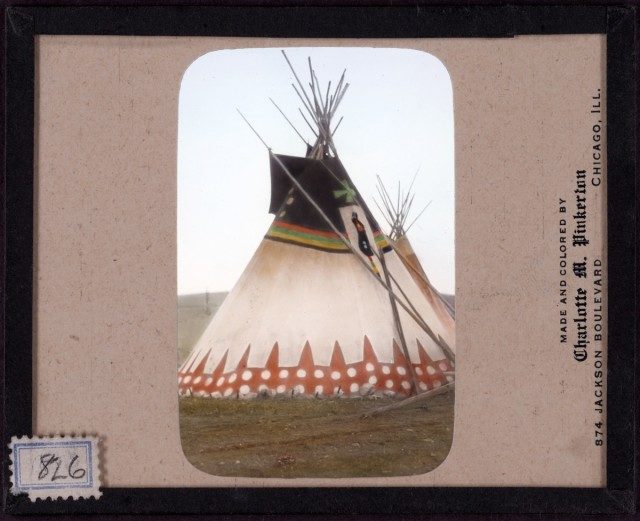
Southeastern tribes such as the Cherokee weaved rivercane, vines, and bark for a frame and then plastered the walls with mud. The roof was usually thatched but could be covered with bark shingles.
Seminole Indians from Florida built open style homes called “chickees” with no walls but thatched roofs. They used reeds to make shades that were rolled down when it rained.
The most well-known Native dwellings were, of course, the tipis. Primarily used on the northern plains by nomadic tribes such as the Blackfoot and Lakota, they were easy to set up and take down.
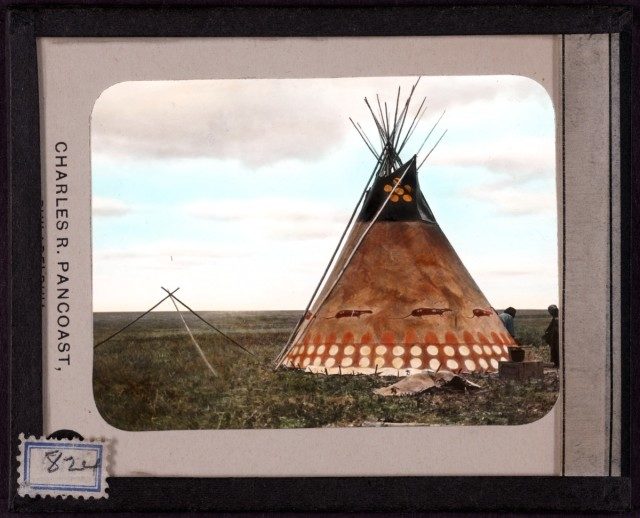
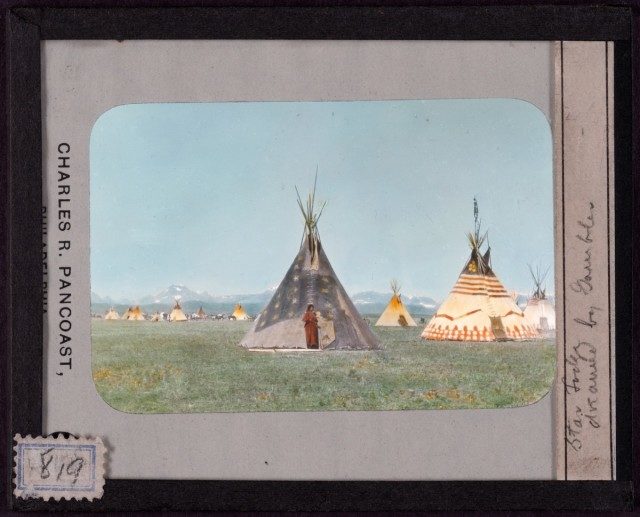
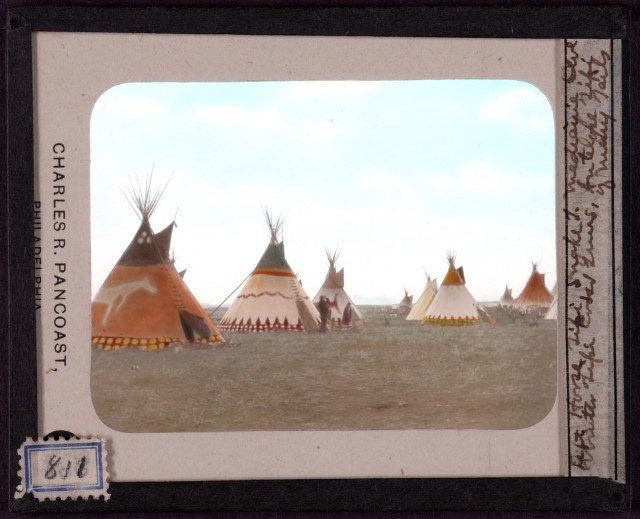
They were made from long wooden poles with an animal skin cover, sometimes decorated by the occupants to celebrate a notable family or celestial event. The structures were conical in shape leaning slightly backward with adjustable smoke flaps on the top and another flap for a door. The poles were tied together with rawhide strips which were also used to tie down the hide walls. The Sioux people often used a liner on the inside walls made from hide or canvas and stuffed with plant material as extra protection during the cold months of winter.
The smoke flaps allowed the inhabitants to cook and heat the home in inclement weather from a fire built inside the structure. Some of the Plains people used brightly colored paint, quillwork, medallions and beaded designs. Deer and buffalo horns, animal tails, hunks of fur, animal hair and bear claws were frequently used as decorations. If the occupant had a vision, the tipi was decorated and painted with figures representing the events or people from the vision.
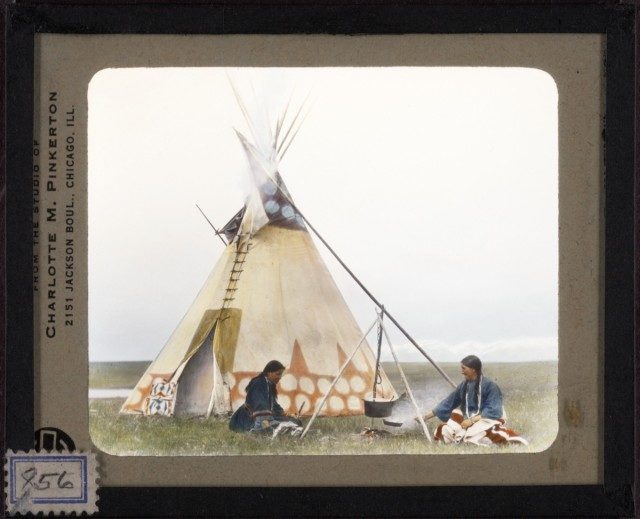
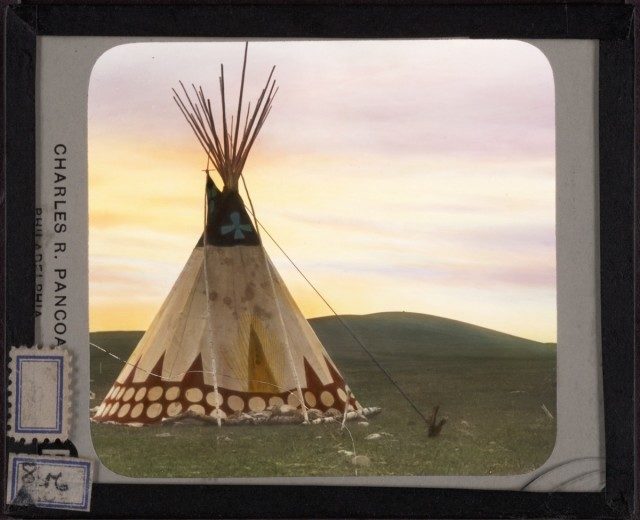
The Natives designed the tipi to reduce the amount of backdraft of smoke from the inside fire. The smoke would rise up through the top flaps which were set at angles depending upon the direction of the wind while air coming from under the liner fed the fire with oxygen.
An extra flap at the top could be adjusted to divert rainwater along the exterior sides of the tipi, keeping the occupants dry although some put containers under the hole to collect rainwater for cooking and drinking.
The Natives sometimes used a smudge stick made from sage and sweet grass which was burned inside the tipi to purify the space and connect the inhabitants with the Great Spirit. The smoke from the stick would rise up to the Sky World where the good intentions of the burner would be taken to the Spirit Beings and the ancestors.
Modern tipis can be purchased at several different online outlets as well as physical stores. Nomadics Tipi Makers is a maker from Bend, Oregon who offers many different variations and sizes and can be custom painted according to one’s own taste. They cost about $700 for a small basic model up to almost $3,000 for a large tipi with bells and whistles. The Colorado Yurt Company from Montrose, Colorado is another source for quality Native dwellings from a couple who actually had lived in a tipi in the Colorado Mountains.
